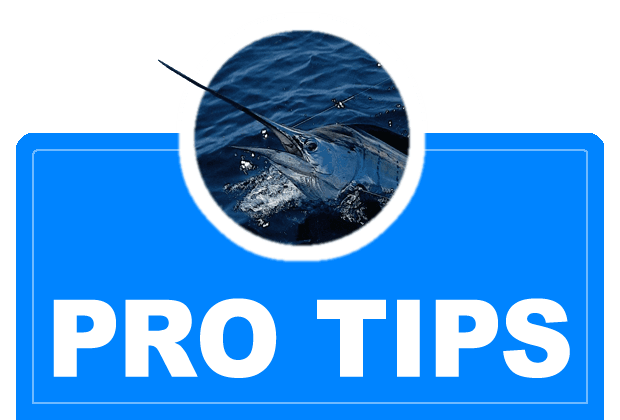How to catch Flounder, flounder fishing tips and tricks
How to catch Flounder
Flounder are known for their cunning ways as to the bite and the actual hooking, but most notably for their excellent table fare. For this reason alone, they are probably the most commonly sought after inshore fish. You may catch flounder from piers, the surf and boats. Let’s visit flounder in more detail.
Pier fishing for flounder with live bait can be very rewarding. Using a Carolina rig, cast your bait under the pier between a set of pilings. Best fishing is often closer to the surf. Move (drag) the bait slowly until you feel a fish pick it up. Mostly it is a subtle bite and you need to give the flounder time to swallow the bait. Important to know is that flounder will scale your bait before swallowing it. After hooking the flounder let someone lower the landing net and guide the fish into it.
Some piers provide landing nets, but you may have to bring your own. Tackle requires a 7’ rod with a sensitive tip but with plenty of backbone. A 3000 series reel with fourteen to twenty pound test braid is best. A Carolina rig with a one ounce weight and a #2 wide bend hook on 12” of 25 pound leader is all you need.
Surf fishing is not much different than pier fishing except you can cover more of the target area where flounder hang out. The same tackle as above will work from the surf. Just cast into the beakers or just beyond and let the bait wash around loosely. When the fish takes the hook, reel him in and into the cooler he goes. Remember your longest cast should be just beyond the breakers and slowly work it back toward you. At low tide deeper sloughs often provide the best results.
When fishing from a boat inshore there are numerous ways and places to search for flounder; but remember all game fish typically hang around structure, seen above the water and unseen below the water. Inshore, one of my favorite techniques is to fish a ledge in an inlet or a cut. I prefer a Carolina rig with just enough weight to maintain contact with the bottom. On the business end I use a #2 wide bend hook and my favorite bait is small menhaden, usually 3-5”.
I will anchor at the top of the ledge and cast out into the deep part of the ledge. Then I slowly drag the bait up the ledge hoping for a bite. Depending on the size of the bait, when I get a bite I will count while the flounder scales my bait. On three inch bait, I will count to 30-40 before setting the hook. On larger 4-6” baits I will count to 80 or sometimes a hundred. We have some big flounder in our area and many are lost by lack of patience and setting the hook too early. My tackle consist of basically the same as pier fishing (above) except I may prefer a 6’6” rod for easy moving around the boat. A low profile baitcaster reel on a 7’ rod is a favorite of many fishermen. Other structure areas include creek mouths, dock pilings, rock jetties and points.
When the heat of the summer settles in, bigger flounder move into the ocean to our near shore artificial reefs. They like the deeper, cooler water and the abundance of food the reefs provide. Drifting these areas can bring in some nice flounder catches. I use the same rods and tackle mentioned for inshore flounder fishing. You can anchor or drift. I mostly prefer a slow drift. Sometimes if the current or wind is pushing the boat faster than I would like I deploy a sea anchor to slow things down.
I hope you are enjoying this series of articles on catching inshore and near shore fishes. Check back often for future articles. Trout will be next!
Good Fishing!
Capt. Rick Bennett, Ret.
www.rod-man.com
rodman@rod-man.com
A lifetime fisherman, Capt. Rick Bennett, better known as the Rod-Man,has retired from the day to day activities as a charter boat captain but does offer “ON YOUR BOAT” Guided Fishing Trips. Capt. Rick will show you the when, the where and the how. From rod and reel selection to terminal tackle to bait, Capt. Rick has the know how.
- Choosing the right fishing line
- Better Casting Can Mean More Caught Fish
- Saltwater Fishing late May and into June
- Flounder from an Artificial Perspective
- Local Carolina Beach fishing in the month of April
- How to Build Your Own Custom Fishing Rods (Part 5)
- How to Build Your Own Custom Fishing Rods (Part 4)
- How to Build Your Own Custom Fishing Rods (Part 3)
- How to Build Your Own Custom Fishing Rods (Part 2)
- How to Build Your Own Custom Fishing Rods (Part 1)
- Surf Fishing Carolina Beach, North Carolina (Part 2)
- Surf Fishing Southeastern North Carolina (Part 1)
- Exciting shark fishing for everyone.
- Fishing for Mahi-Mahi
- “Specialty” Gear for Inshore Fishing
- Fishing for Spanish Mackerel
- Cobia fishing trips and tips, hard fighting, good eating
- Fishing tips on how and where to catch Black Drum
- How to catch Speckled Trout fishing tips and tricks
- How to catch redfish, red drum fishing tips and tricks
- Reds and trout and some flounder are biting on artificials
- Atlantic bonito have been caught at the near shore AR’s. Bluefish have been plentiful.
- The wahoo bite is good and some blackfin tuna and sailfish are in the mix.
- Kings are still way out, but the Gulfstream is producing wahoo and blackfin tune.

